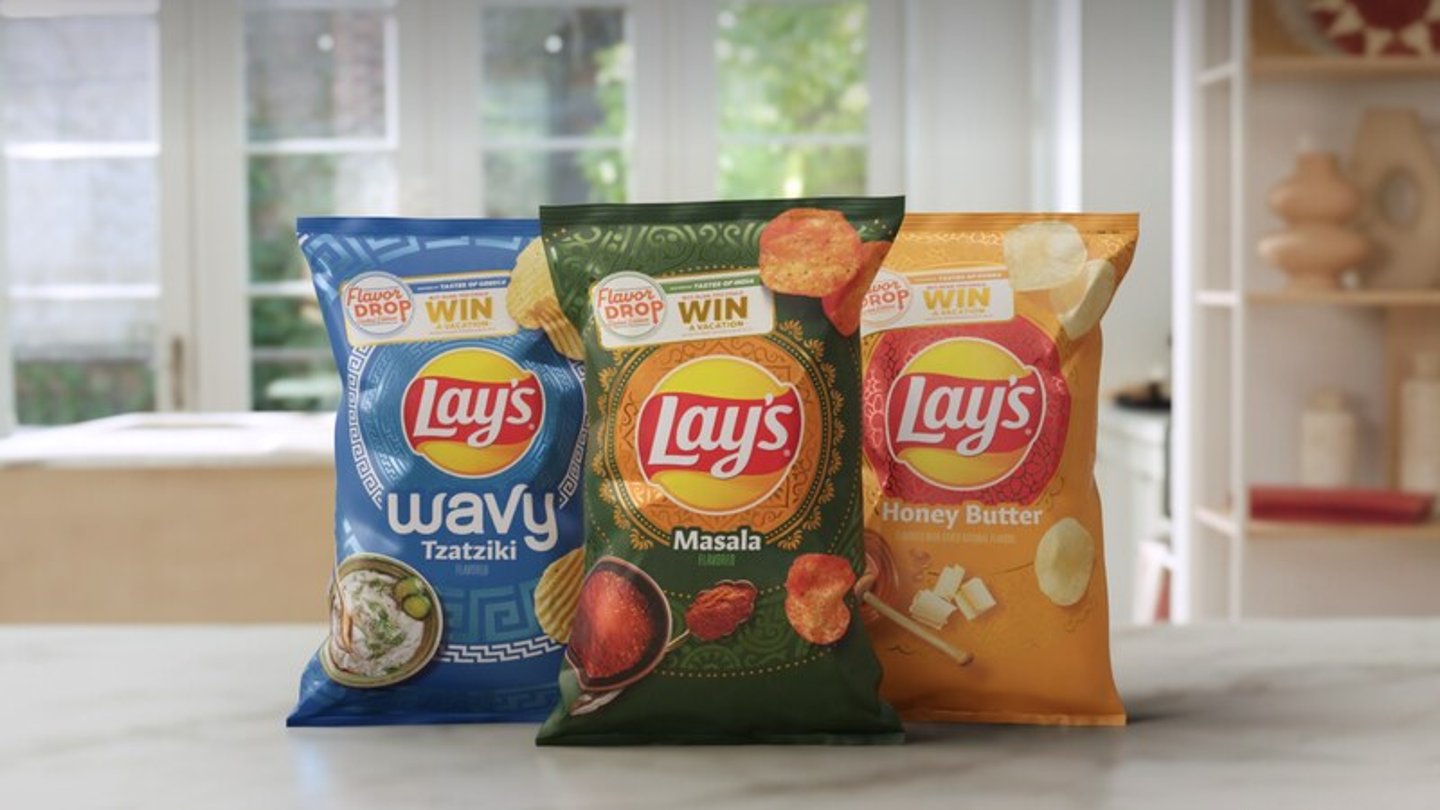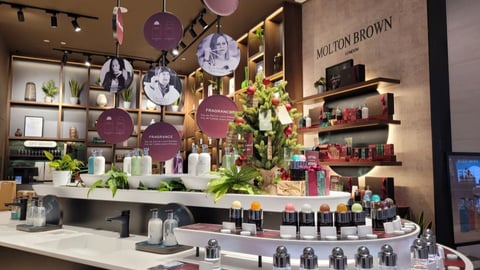How Late-Night Munchies and Weather Cues Shape PepsiCo’s Retail Strategy
PepsiCo’s current recipe for omnicommerce excellence includes blending trend hunting with a growing mix of external partners for localized initiatives.
The food and beverage company is doubling down on using shopper insights to inform product innovation and forge stronger consumer connections. As such, it’s prioritizing several emerging retail and consumer behavior trends to influence omnichannel and personalization strategies.
For one thing, they’re seeing consumers shift how they seek to purchase beverages and snacks and receive value, Cara Keating, chief customer officer of PepsiCo Foods North America, tells CGT.
Consumers are increasing purchases whenever deals pop up, impacting where people shop, and PepsiCo has detected unique purchasing behavior around the first and last days of the month.
A “positive choices” behavior shift also has consumers tapping into convenient products they deem as nutritious, enjoyable, and aligned with their lifestyles, with increased interest in products helping deliver functional benefits.
Looking to stay connected to the consumer goods industry? Sign up for insider access with CGT's texting community. Share your opinion, and send your questions right to Lisa Johnston for 1:1 conversations. Texts arrive twice a week. Learn more or sign up below.
Localizing Partnerships
Third-party partnerships are a key part of PepsiCo’s omni strategy. In order to improve its digital presence and meet the 70% of shoppers that are hybrid shoppers, the CPG is partnering with marketplace aggregators and a third-party vendor for its Perfect Digital Store (PDS) initiative, says Bryan Santee, chief commercial officer for PepsiCo Beverages North America. (PepsiCo declined to name the vendor.)
In operation for two years, PDS focuses on the fundamentals of providing strong digital experiences to ensure PepsiCo products are available online, can be purchased, and are displayed with the correct images and prices.
One fundamental element of PDS is ensuring all in-store assortments are also available online, and these partnerships help identify gaps.
As part of this, PepsiCo has teamed with DoorDash and Uber Eats to tap into the consumers seeking both convenience and immediacy. The majority of PepsiCo sales with these partners happen after 8:00 p.m., says Santee, so a late-night activation with DoorDash targets on-the-go shoppers based on purchase history to serve product pairings.
A localized Uber Eats campaign hinges upon weather triggers: When temperatures reach a designated threshold across select markets, shoppers are prompted to purchase Gatorade from a nearby retailer.
“We have seen strong results when we meet consumers with contextually relevant messaging in these moments,” Santee notes.
Personalization at Scale
Like other CPGs, PepsiCo regularly taps into consumer groups and feedback, social listening, and retailer data to understand shoppers and the role of food in their lives.
Through partnerships with retail media networks and other digital platforms, PepsiCo is merging retailers’ first-party data with their own brand insights to personalize at scale and serve the consumers looking for convenient fulfillment like curbside pickup and grab-and-go.
Such collaborations are improving ROI and delivering tailored experiences through the right products, placements, and promotions to exceed shopper expectations, says Keating.
Making shoppers feel appreciated and understood requires robust shopper insights, and comprehensive point-of-sale and end-to-end activity data, she adds. As such, PepsiCo’s precision loyalty strategy, which provides recommendations and special offers relevant at that moment, is designed to address “the whole person, not just the shopper.”
Last year, the company’s proprietary Consumer DNA (cDNA) customer data platform targeted specific audiences via digital channels and occasion-based personalized merchandising within the salty snacks and beverages categories to improve brand penetration.
Using content for road trips, work lunches, school lunches, tailgating, and camping, they increased household penetration and media efficiency. They also gained a deeper understanding of the audience segments to pave the way for future personalization and expand its strategic communications approach with new assets for various occasions, she notes.
The company is also taking steps to evolve its salesforce to focus on holistic activation calendars that are supported by consumer-centric promotions, both in stores and online, says Santee.
“Looking beyond the walls of the retail space to the digital omnichannel world to gain a holistic view of how, when, and where shoppers will be next is crucial,” he says. ”We must [also] ensure that the product and shopping experiences they are offering align to provide a seamless customer experience.”






